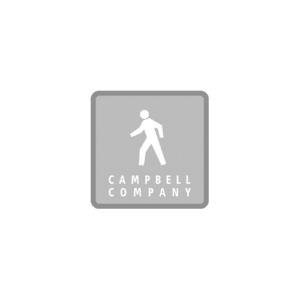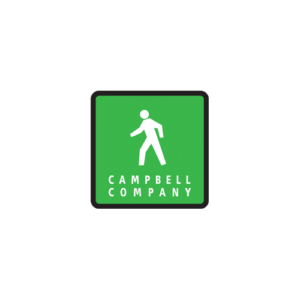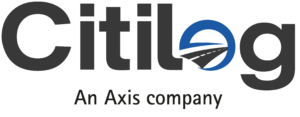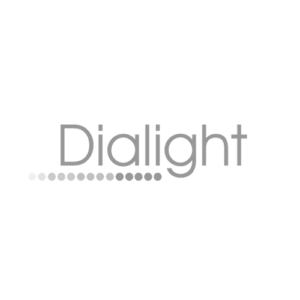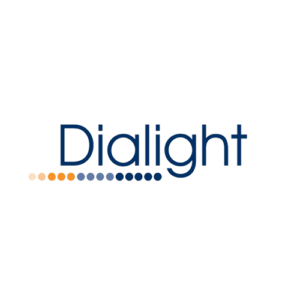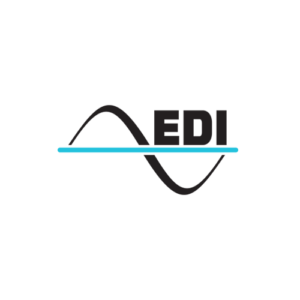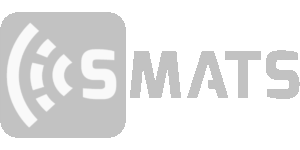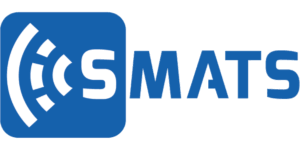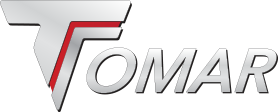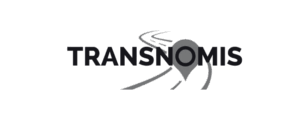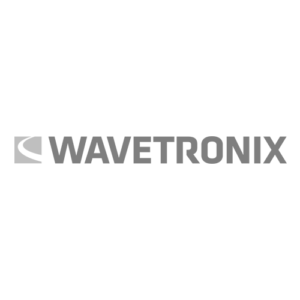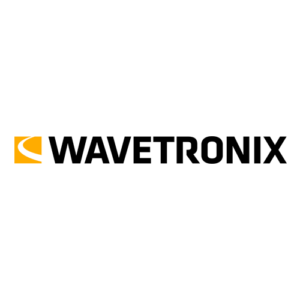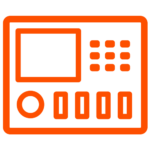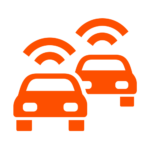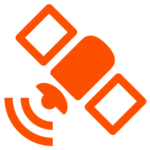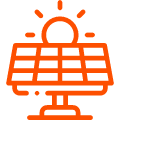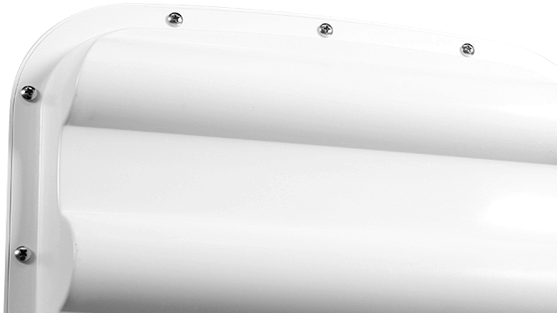Optimizing Traffic Flows: An In-Depth Analysis of Reversible Lanes (Flex Lanes)
Reversible lanes, also known as ” Flex Lanes “, represent a remarkable innovation in traffic flow management. The flexible lane offers the possibility to increase the capacity of the traffic flow going in a specific direction during peak hours. What sets this concept apart is its ability to improve traffic flow without the need for additional infrastructure; it reinvents how the existing infrastructure is used by optimizing the space available for more efficient traffic flow management, all while preserving the commercial and residential right-of-way and access along the said corridor.

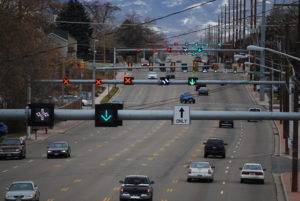
Flow Management Challenges
In Taylorsville, Utah, the 5400 South Corridor plays a major role in the daily commute of thousands of motorists. However, the traffic flow is significantly unequal from one direction to the other depending on the time of day. In the morning, around 70 to 75% of the traffic heads east, while during the evening, 60 to 65% of the traffic heads west. Outside of these peak periods, the traffic remains pretty much equal between the two directions. These fluctuations highlight a traffic imbalance during specific times only, which corresponds to a perfect case for the implementation of the Reversible Lane concept.
Implementing Reversible Lanes
As the reversible lane concept was being used for the first time in Utah, the implementation of the project was undertaken as an experiment to assess the benefits and limitations of the concept. It is the 5400 South Corridor that welcomed Utah’s first reversible lanes over 2.2 miles between Bangerter Highway and Redwood Road. The main objective was to create an additional traffic lane to accommodate rush hour periods, while preserving the access to the middle lane. During the morning rush hour, the 5400 South Corridor has four eastbound lanes, a middle turning lane and two westbound lanes. This pattern is reversed in the evening, with four westbound lanes, a middle turning lane and two eastbound lanes. Outside of peak periods, both directions have three lanes each, plus access to the middle turning lane.
Conclusive Results
Our studies have shown that, overall, the reversible lane concept has been beneficial for the 5400 South Corridor in Utah. During the morning rush hour (7 a.m. to 9 a.m.), the average eastbound travel time decreased by 15%, or 45 seconds, thanks to the reversible lane. However, the average westbound journey, limited to two lanes, increased by more than a minute. In the evening (4 p.m. to 6 p.m.), the average westbound journey, using the additional reversible lane, decreased by 6%, or 20 seconds. Similarly, the average eastbound journey, while limited to two lanes, also decreased by 14%, or 50 seconds.
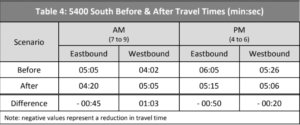
Environment and Positive Impact
In environmental terms, the collective reduction in commuting times has led to a decrease in greenhouse gas (GHG) emissions, as shown in table 9. This reduction was calculated using the weighted (by volume) daily travel time savings multiplied by 250 workdays per year. This means that the reversible lane concept on the 5400 South Corridor in Utah has the potential to reduce GHG emissions by approximately 1.24 tons per year.

You would like to learn more about the benefits of reversible lanes? We’re available to discuss your needs and implement solutions that meet your expectations. Contact us today!
About Orange Traffic
Orange Traffic aims to optimize traffic flow and road safety in innovative ways. The company specializes in the design, manufacture, and distribution of a wide range of high-quality, ISO 9001 and CSA-certified products. Founded in 1988, Orange Traffic continues to deploy its technological solutions with a team of highly qualified experts.

